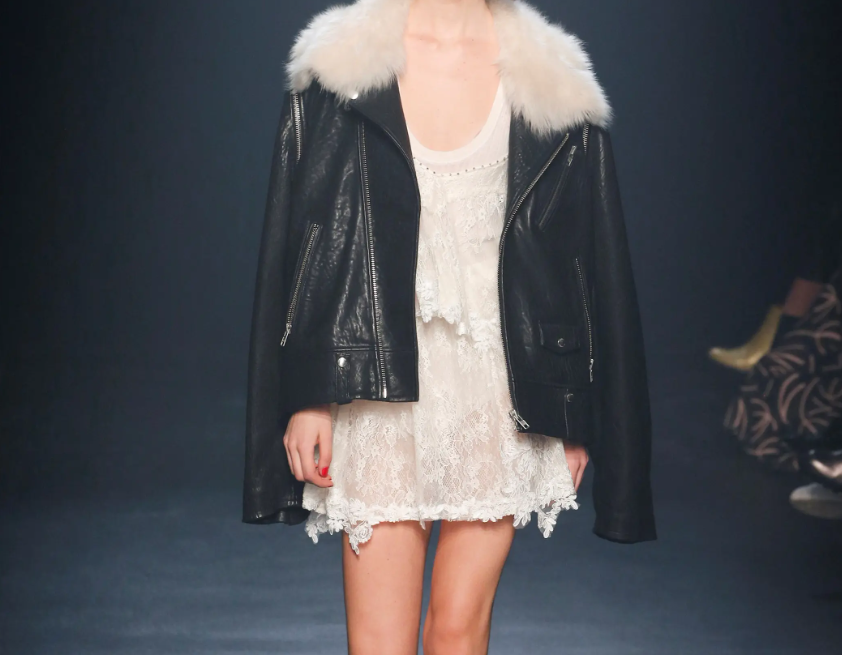
People need to blend in as much as possible and keep a low profile, and colors that are too bright can be seen as attention-seeking and impolite.
Naturally, no one wants to be a visual "head bird", everyone maintains such a state of mind, and naturally, like everyone, there will be no mistake.
Another aspect can not be ignored, clothing color not only reflects the fashion trend, in fact, is also a barometer of social economy.
Under the influence of international finance, South Korea's economy is still facing severe challenges. We can always see on the news that the population density of big cities in South Korea is extremely high, and the employment rate and unemployment rate are harsh data. The pressure of life is gradually increasing.
Therefore, in the choice of daily clothing, South Koreans have entered a path of simplification, and people are more inclined to choose clothes that can be worn for a long time and will not be outdated.
The three colors, black, white and gray, have passed the baptism and test of time occasions, and default to the commonly used colors of classic clothing, so they are easier to control, and not easy to go out of date, which is also in line with the current stage of Korean "cost-effective" shopping needs.
Under the effect of these reasons, personalized color is difficult to become people's choice, and the immature is gradually "expelled" and marginalized in the dress.
In the end, the streets of South Korea were left with an increasingly monotonous black, white and gray.
Part of social stereotypes
This top-down cultural and social factor determines that even if the KPOP aesthetic orientation develops more "European and American" and fancy, the core of the mainstream aesthetic of Korean society is still conservative black, white and gray.
So just like the Blue Dragon TV drama awards we mentioned earlier, South Koreans choose only black, white and gray on formal occasions such as the red carpet and Photocall. The ever-changing fashion and colorful Idol wear we usually see runs counter to the aesthetic trend of folk daily wear and is very separated.
On the one hand, KPOP, which leads popular culture, and on the other hand, the plain color of the people's dressing style, popular culture is not accepted by the local culture in the process of transmission, so the fashion trend with a sense of separation is thought-provoking.
While the status class culture has an impact on color, it also has high requirements for the appearance of Koreans, who are required to show a decent and beautiful side.
When we are shopping or browsing SNS, we will frequently brush Korean street style or fashion KOL and star photos as a dress template, so Koreans in the "beauty" volume, there is also a large part of social and cultural pressure, so they know how to wear.
Even if the daily choices are mostly black, white and gray, the street wear of Koreans is also very wonderful. They simplified European and American fashion and French style, and reconstructed the dress code more suitable for Asian people.
With the increasing influence of KPOP, South Korea's influence in international fashion has also risen, and Seoul, as a new fashion city in Asia, has ushered in many international big name release shows.
Therefore, this also appears on the street "black, white and gray" more a pity. Because of the patterned wear caused by the environment, most People's Daily dress is limited to black, white and gray, even if we are very careful to match, it will still make people feel that they have lost a trace of vitality and style change space.
The plain color dress style caused by herd mentality affects the choice of a generation from the whole social level, people generally choose plain colors such as black, white and gray in order to fit in with the group, but also because of the inertia of choice brought by herd, people are gradually sinking into the inertia of "black, white and gray" color matching.
In the pluralistic expression of diverse colors, people have lost a large part of their self-expression about "color"
Slowly, they all became part of the social stereotype.

